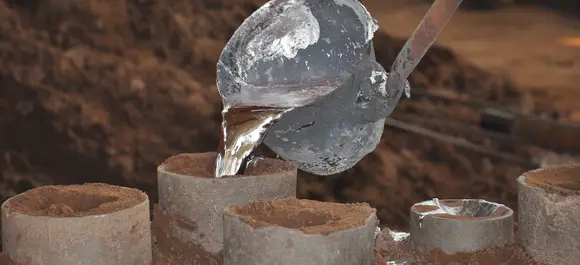Mobile:+86-311-808-126-83
Email:info@ydcastings.com
brass die casting
The Art and Efficiency of Brass Die Casting
Brass die casting is a critical manufacturing process that allows for the creation of intricate and precise metal components. This method utilizes molten brass, an alloy typically composed of copper and zinc, which is poured into a mold under high pressure. The versatility and effectiveness of this casting technique make it a popular choice in various industries, including automotive, electronics, plumbing, and decorative items.
One of the primary advantages of brass die casting is its ability to produce complex shapes with high dimensional accuracy. The precision offered by this process minimizes the need for extensive machining after casting, which not only reduces production time and costs but also enhances the overall quality of the finished product. The smooth surface finish obtained through die casting often translates to reduced surface treatment requirements, making it a cost-effective solution for manufacturers.
In addition to its aesthetic appeal, brass possesses excellent corrosion resistance and antimicrobial properties, making it ideal for applications where hygiene is crucial, such as in plumbing fixtures and medical devices. The inherent properties of brass also contribute to the durability and longevity of parts produced through die casting. This is particularly important in industries where performance and reliability are non-negotiable.
brass die casting

The die casting process involves several steps preparing the mold, melting the brass, injecting it into the mold under pressure, and finally cooling and ejecting the finished piece. The molds used in brass die casting are typically made from high-strength steel, which allows them to withstand the high pressures and temperatures involved. While creating a mold can be costly and time-consuming, the benefit is that it can be reused for large production runs, which significantly lowers the per-unit cost as production scales up.
Moreover, advancements in technology, such as computer-aided design (CAD) and simulations of the die casting process, have transformed the industry. These innovations enable engineers and designers to optimize mold designs and predict potential issues before they arise in the manufacturing process, further enhancing both efficiency and precision.
Sustainability is also becoming a significant focus in die casting operations. Many manufacturers are investing in practices that reduce energy consumption and material waste, such as recycling scrap metal back into the production process. With the growing emphasis on environmentally-friendly manufacturing, brass die casting is evolving to meet these needs while maintaining its effectiveness.
In conclusion, brass die casting is a sophisticated manufacturing process that merges artistry with technological precision. Its ability to produce high-quality, durable components at a lower cost makes it an invaluable technique in numerous industries. As technology continues to advance and sustainability becomes increasingly important, the future of brass die casting appears promising, paving the way for innovations that will shape the manufacturing landscape for years to come.
-
Why Is Choosing the Right Motor Housing Critical for Engine Performance?NewsJul.18,2025
-
Which Impeller Types Best Optimize Your Pump’s Efficiency?NewsJul.18,2025
-
Optimize Maintenance Efficiency with Durable Oil Catch SolutionsNewsJul.18,2025
-
Maximize Pump Performance with Precision-Engineered ComponentsNewsJul.18,2025
-
Elevate Industrial Flow Systems with Precision-Engineered ComponentsNewsJul.18,2025
-
Boost Durability and Functionality with Precision Power CastingsNewsJul.18,2025











